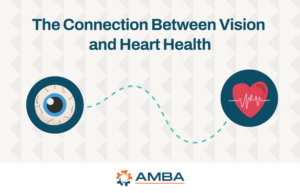Many of us have tried contacts in the past but had no luck. Maybe you found them dry and uncomfortable, or you were unable to see as clearly compared to your glasses. However, thanks to incredible advances in the technology, 2023 might be the year you try contacts again!
ADVANCES IN CONTACT LENSES
The most common reasons people give for discontinuing contact lenses are:
- Discomfort, especially at the end of the day.
- Poor distance vision.
- The inability to see both near and far for those over 40 years of age.
Over the last decade, contact lens technology has made significant improvements. The latest contact lens technology can eliminate almost all end-of-day discomfort. New lenses also offer great improvements for achieving acceptable vision at all distances.
What accounts for the advancements? Early generation soft lenses were thick and known to become dry by the end of the day. Wearing them over a period of days or even weeks causes them to absorb natural oils, mucus, and proteins from our tear film. When these substances accumulate, they can cause contact lenses to dry out faster, resulting in irritation.
Soft lenses today are much thinner, lighter, and more comfortable. They’re also designed with many different materials such as silicone hydrogels, water gradient lenses, and other innovations that are designed to reduce drying and enhance the overall comfort.
WHAT IF I NEED GLASSES TO SEE UP CLOSE WHILE WEARING CONTACTS?
People over the age of 40 usually have three options when it comes to wearing contacts for clear vision. One is to wear contact lenses for distance vision and then use reading glasses in addition to contact lenses to achieve an acceptable near vision. Another is to use multifocal contact lenses designed to allow you to see at both near and far distances and if needed can include an astigmatism correction. Monovision, on the other hand, is the third option which uses a fitting technique fitting one eye with a lens for optimal close-up vision, while the other eye is fitted with a lens for optimal distance vision.
We no longer have to let our age, prescription, or previous experiences keep us from taking the opportunity to find out if today’s innovations in contact lenses can make a difference.
Source: https://www.optometrytimes.com/view/presbyopia-the-ever-changing-environment-and-elusive-holy-grail




